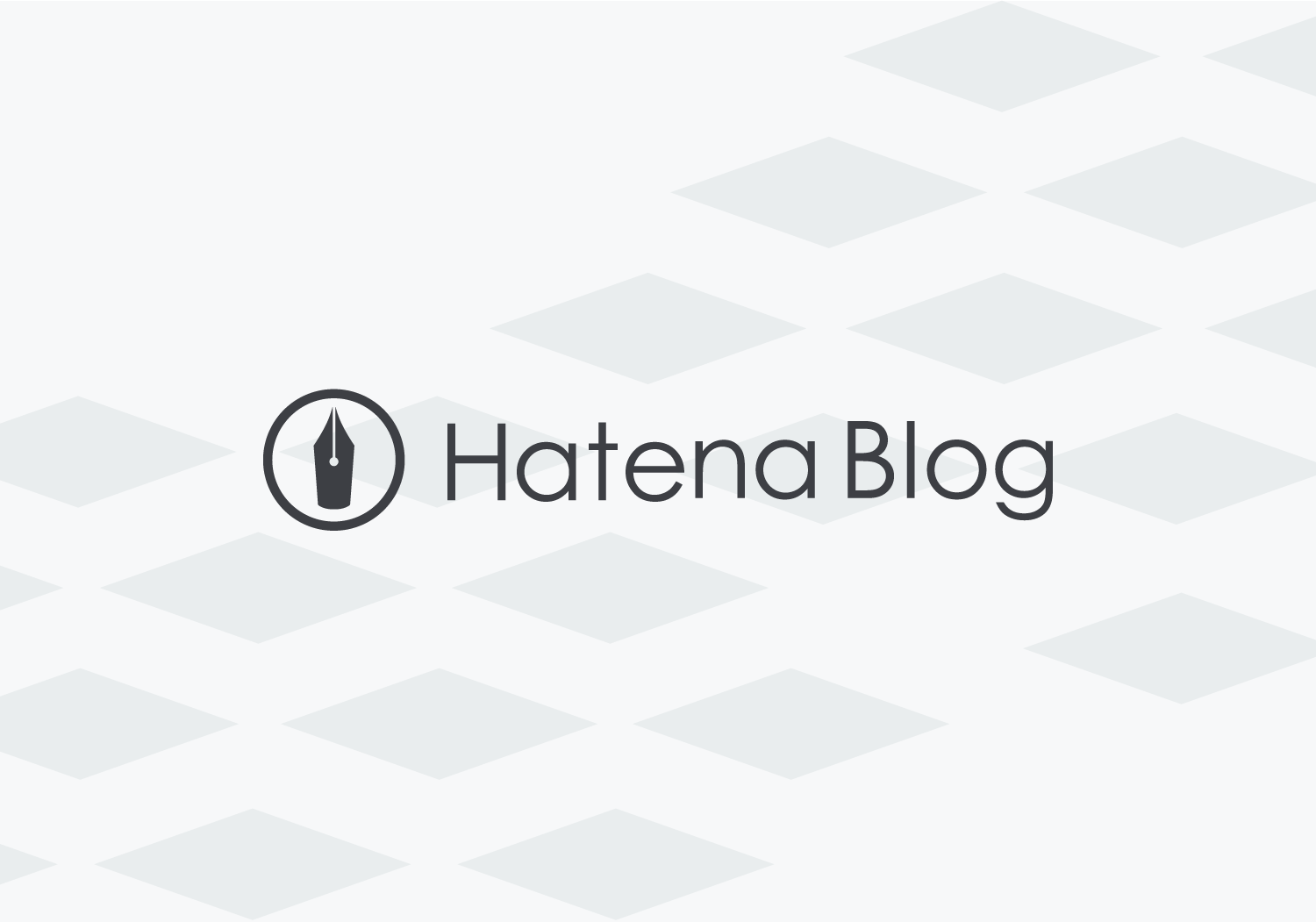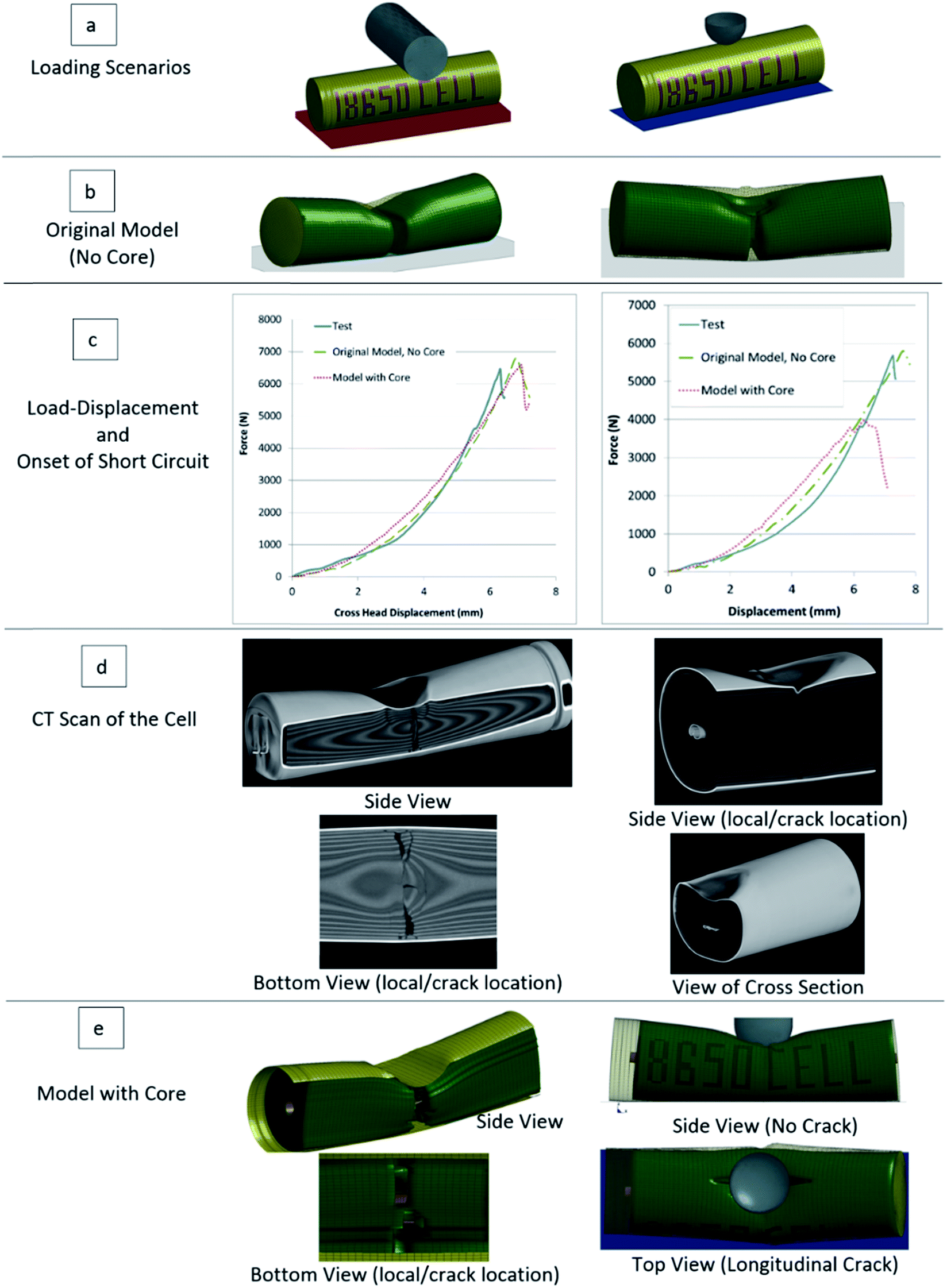Osirix 64 Bit Extension Crack
The long-awaited feature is now available in RadiAnt. It allows you to import DICOM studies from CD/DVD discs, USB flash drives, local and network folders or PACS servers, and store them on your local hard drive so that they can be easily accessed at a later date.You can also access the database to organize and quickly find studies in your collection of DICOM files.We also added a new feature to the VR module. 3D models created in RadiAnt can be, which can be opened in alternative 3D modeling software and used for 3D printing. Patient CD/DVD DICOM ViewerDo you know how frustrating it can be to endlessly wait for a patient CD to open?Does your viewer require the installation of additional components before the images can actually be viewed?Try the RadiAnt DICOM Viewer CD/DVD! It is extremely fast, runs from CD/DVD media without installation on Windows XP SP3, Vista, Windows 7, Windows 8, Windows 8.1 and Windows 10 systems and does not have any additional software or programming requirements (e.g.NET, Java).If the user’s operating system permits, the 64-bit version is opened for better efficiency.
On older machines the 32-bit version is used. Approximately just 6MB of overhead data is added to the media.The logo image displayed after opening the application is fully customizable and can be used to show your company information to your clients. All the necessary tools close at handRadiAnt DICOM Viewer provides the following basic tools for the manipulation and measurement of images:. Fluid zooming and panning. Brightness and contrast adjustments, negative mode.
Preset window settings for Computed Tomography (lung, bone, etc.). Ability to rotate (90, 180 degrees) or flip (horizontal and vertical) images. Segment length. Mean, minimum and maximum parameter values (e.g. Density in Hounsfield Units in Computed Tomography) within circle/ellipse and its area. Angle value (normal and Cobb angle). Pen tool for freehand drawing.
Quick as lightningRadiAnt DICOM Viewer was designed to use resources as efficiently as possible. It can make use of a multiprocessor and multicore system with large amounts of gigabytes of RAM, but will also run on an old single-core machine with only 512MB RAM.A 64-bit version is provided for modern systems to keep all opened images in more than 4GB of memory, if necessary. Asynchronous reading lets you browse and process images while they are still being opened.All of this is available in one very compact application that has an installer size of just over 2MB.
Search and download studies from PACS locationsThe PACS (Picture Archiving and Communication System) client feature lets RadiAnt DICOM Viewer query and retrieve studies from other PACS hosts.Supported service class users/providers are: C-ECHO SCU, C-ECHO SCP, C-FIND SCU, C-MOVE-SCU, C-STORE-SCP (Only transfers initiated from the RadiAnt DICOM Viewer are accepted. If you try to send studies from other PACS nodes without searching them first and starting the download in RadiAnt, they will be ignored).Received DICOM files are stored in a temporary folder and are deleted when RadiAnt closes. Supports multiple DICOM file typesThe software has the capability to open and display studies obtained from different imaging modalities:. Digital Radiography (CR, DX). Mammography (MG).
Computed Tomography (CT). Magnetic Resonance (MR).

Positron Emission Tomography PET-CT (PT). Ultrasonography (US). Digital Angiography (XA). Gamma Camera, Nuclear Medicine (NM). Secondary Pictures and Scanned Images (SC). Structured Reports (SR)Many types of DICOM images are supported:.
Monochromatic (e.g. CR, CT, MR) and color (e.g. US, 3D reconstructions). Static images (e.g.
CR, MG, CT) and dynamic sequences (e.g. XA, US). Uncompressed and compressed (RLE, JPEG Lossy, JPEG Lossless, JPEG 2000). Siemens step 5 v7.2 software. Compare different series or studiesMultiple series of one study or several studies can be concurrently opened in the same or different windows for comparison purposes.Series consisting of images that have been acquired in the same plane (e.g. Computed Tomography series before and after administration of the contrast medium) are automatically synchronized by default.Cross-reference lines are displayed for better correlation of the anatomy when browsing series with different image planes (e.g. Magnetic Resonance study).
Multiplanar reconstructionsThe MPR tool provided within RadiAnt DICOM Viewer can be used to reconstruct images in orthogonal planes (coronal, sagittal, axial or oblique, depending on what the base image plane is). This can help to create a new perception of the anatomy that was not possible to visualize using the base images alone.The reconstruction process is extremely fast: a coronal series can be created from more than 2000 axial CT slices in approximately three seconds (on a modern Intel Core i7 system). 3D volume renderingThe 3D VR (volume rendering) tool lets you visualize large volumes of data generated by modern CT/MR scanners in three dimensional space.The different aspects of the data set can be interactively explored in the 3D VR window.This tool lets you rotate the volume, change zoom level and position, adjust color and opacity, measure length and show hidden structures by cutting off the unwanted parts of the volume with the scalpel tool.The image is rendered progressively to maintain fluid operations even on slower machines. Time-intensity curvesRadiAnt DICOM Viewer lets you visualize the lesions' enhancement behavior (e.g.
Osirix Viewer For Mac

In Breast MRI) by plotting time-intensity curves (TICs).Different types of curves can be obtained: Ia - straight (the signal intensity continues to increase over the entire dynamic period) / Ib - curved (the time-signal intensity curve is flattened in the late postcontrast period), II - plateau (the signal intensity plateaus in the intermediate and late postcontrast periods) or III - washout (the signal intensity decreases (washes out) in the intermediate postcontrast period). Multi-touch supportIf you have a Windows 8 or Windows 10 touch-enabled device, you might find that gestures (motions that you make with one, two or more fingers) are easier to use than a mouse or keyboard. RadiAnt DICOM Viewer enables users to make use of the array of multi-touch gestures:. Touch the image with one finger and move it to browse through images of the displayed series. To zoom in or out, touch two points on the image, and then move your fingers away from or toward each other.

Drag the image with two fingers to move it and show invisible parts of zoomed image. You can change the window settings (brightness/contrast) by touching the image with three fingers and moving them up/down (brightness) or left/right (contrast).